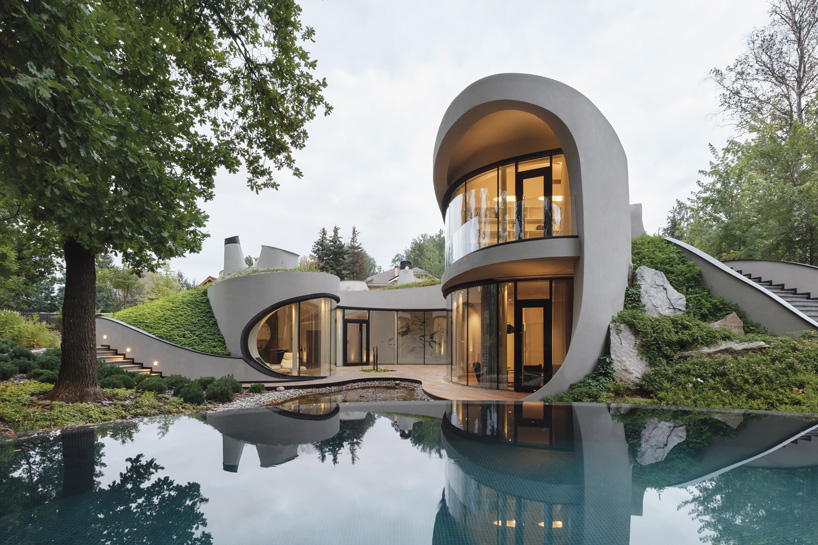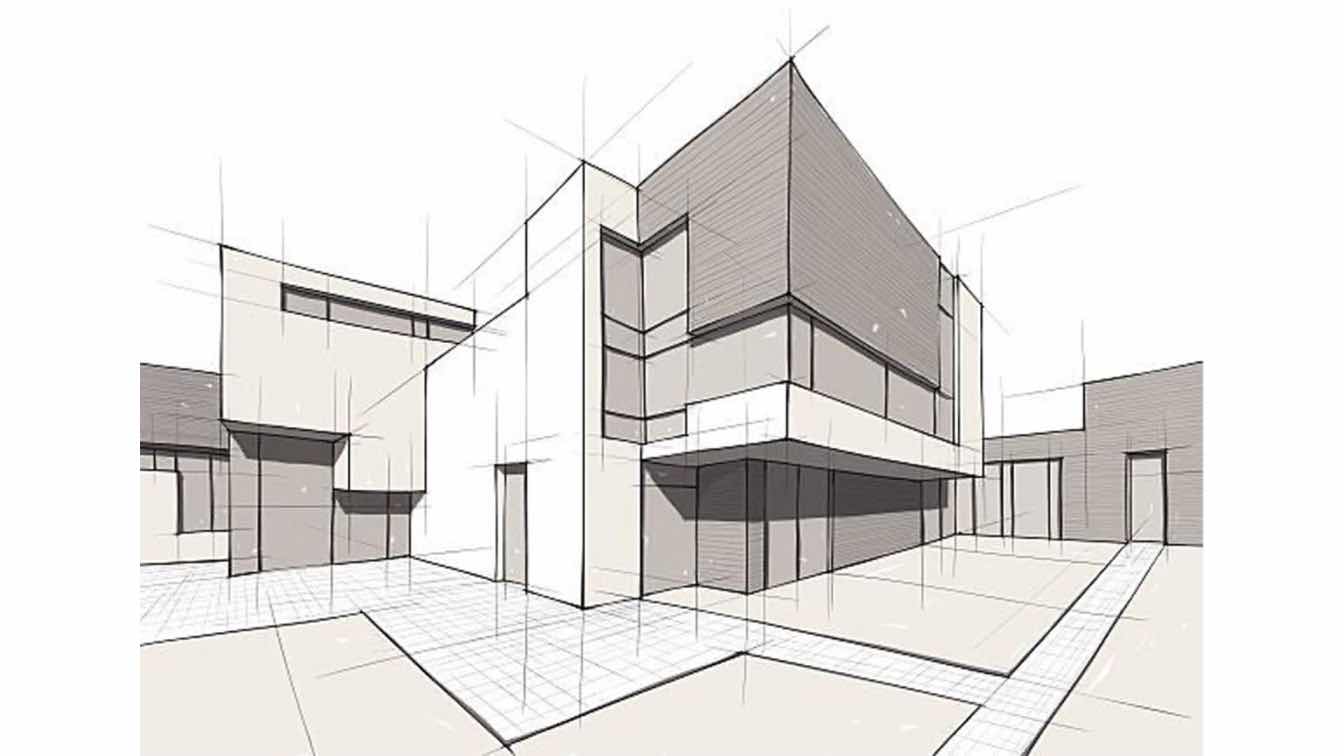Explore Acclaimed Projects by Distinguished CDA Architects
Explore Acclaimed Projects by Distinguished CDA Architects
Blog Article
The Impact of Technological Advancements on the Style Practices of Contemporary Architects
The fast evolution of technical tools has substantially reshaped the design landscape for contemporary designers, promoting extraordinary degrees of advancement and sustainability. Checking out these characteristics exposes a nuanced interplay in between technology and typical layout approaches, motivating a more detailed examination of what the future holds for building techniques.
Development of Architectural Equipment
Just how have architectural tools transformed the style and building and construction processes over the centuries? The advancement of architectural tools has actually substantially impacted the effectiveness, precision, and creative thinking of design and building and construction.
With the advent of the Renaissance, the introduction of the compass and the protractor marked a pivotal shift. These devices made it possible for architects to achieve greater precision in their layouts, facilitating the introduction of even more elaborate and proportional structures (cda architects). The Industrial Change additionally revolutionized building exercise with the introduction of mechanized devices and products, enabling for larger and a lot more enthusiastic projects
In the 20th century, the development of computer-aided style (CAD) software program transformed the landscape once more, supplying architects with unprecedented capacities in modeling and visualization. Today, progressed tools such as Structure Details Modeling (BIM) and parametric design software program continue to press the limits of building advancement, allowing a much more integrated approach to design and construction procedures.

Improved Partnership in Design
As technology remains to develop, boosted cooperation in layout has become a keystone of modern-day architectural practice. The assimilation of electronic tools such as Building Info Modeling (BIM), cloud-based systems, and advanced visualization software application has actually transformed the way designers, designers, and stakeholders engage throughout the style process. These devices facilitate real-time interaction, permitting groups to share ideas, modifications, and feedback instantly, despite geographical place.
Furthermore, digital fact (VR) and augmented fact (AR) have further enriched collective initiatives by enabling immersive experiences that permit clients and group members to visualize jobs in a more interesting manner. This degree of communication not just improves understanding however also cultivates a feeling of ownership among stakeholders, leading to even more educated decision-making.
Furthermore, interdisciplinary cooperation has actually been structured via these technological advancements, allowing designers to function more very closely with various other specialists, such as city organizers and ecological experts. The result is a much more cohesive technique to design that takes into consideration numerous point of views and competence. Ultimately, boosted partnership in design is not merely a fad; it is important for developing cutting-edge, practical, and aesthetically pleasing architecture in a significantly complicated globe.
Sustainability With Modern Technology
Sustainability in style has significantly ended up being linked with technological innovation, driving the market towards environmentally responsible techniques - cda architects. Contemporary engineers are leveraging sophisticated modern technologies to minimize ecological influence while enhancing the performance of buildings. One popular instance is using Structure Details Modeling (BIM), which permits precise preparation and resource allotment, minimizing waste throughout construction and promoting energy performance throughout a structure's lifecycle
Furthermore, wise materials and energy-efficient systems are being integrated right into layouts to maximize source use. Technologies such as solar cells and environment-friendly roof harness renewable resource resources, adding to reduced carbon impacts. Additionally, the application of fabricated intelligence in layout procedures makes it possible for architects to imitate and analyze power usage, guiding choices towards even more lasting end results.
The assimilation of sustainable technologies not just aligns with global ecological objectives however additionally meets an enhancing need from customers for eco-friendly options. As designers embrace these developments, the focus shifts towards developing rooms that are not just visually pleasing however likewise functionally lasting, consequently redefining the requirements of modern-day style. This way, modern technology serves as a catalyst for sustainability, enabling architects to design structures that respect and boost the natural surroundings.
Obstacles in Execution
While technical advancements in architecture hold excellent promise for boosting sustainability, their application usually experiences considerable Clicking Here difficulties. One key challenge is the high understanding contour related to brand-new modern technologies. Engineers and construction professionals may require considerable training to effectively make use of sophisticated software application and tools, which can delay project timelines and boost prices.
Furthermore, the combination of emerging innovations, such as Building Details Modeling (BIM) and sustainable products, often requires cooperation across multidisciplinary teams. This partnership can be hindered by distinctions in experience, workflows, and interaction styles, leading to potential conflicts and ineffectiveness.
Financial constraints additionally complicate the fostering of cutting-edge technologies. Lots of architectural companies, particularly smaller sized ones, may here are the findings lack the resources to invest in advanced devices, restricting their capacity to contend with bigger companies that can afford such investments.
Moreover, governing structures and building regulations may not equal technological innovations, creating uncertainty and potential compliance issues. This challenge can dissuade architects from totally embracing new technologies, as the danger of non-compliance may exceed the advantages. Attending to these application challenges is essential for the successful combination of technical developments in modern architectural methods.
Future Patterns in Design
The obstacles connected with the application of brand-new modern technologies in style have triggered a reevaluation of future trends within the market. As engineers browse problems such as sustainability, urbanization, and social equity, they are significantly embracing cutting-edge innovations to improve layout performance and environmental performance.
One popular trend is the assimilation of fabricated intelligence (AI) in the layout process. AI tools can examine substantial datasets to notify layout decisions, enhancing both creativity and performance. Building Information Modeling (BIM) continues to develop, enabling real-time collaboration amongst stakeholders and website link helping with structured job monitoring.
Lasting layout methods are additionally getting momentum, with architects concentrating on adaptive reuse and regenerative layout concepts that lessen source consumption and waste. The consolidation of wise products and renewable resource resources will certainly additionally improve the strength of buildings in the face of climate modification.
Furthermore, the rise of parametric style permits even more individualized and context-sensitive building options. By harnessing these advancements, architects are positioned to produce constructed atmospheres that not just deal with the prompt demands of society yet also expect future difficulties, thereby redefining the function of design in an ever-changing globe.
Final Thought

Report this page